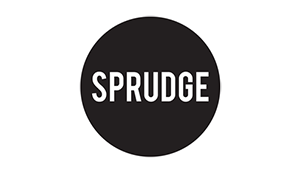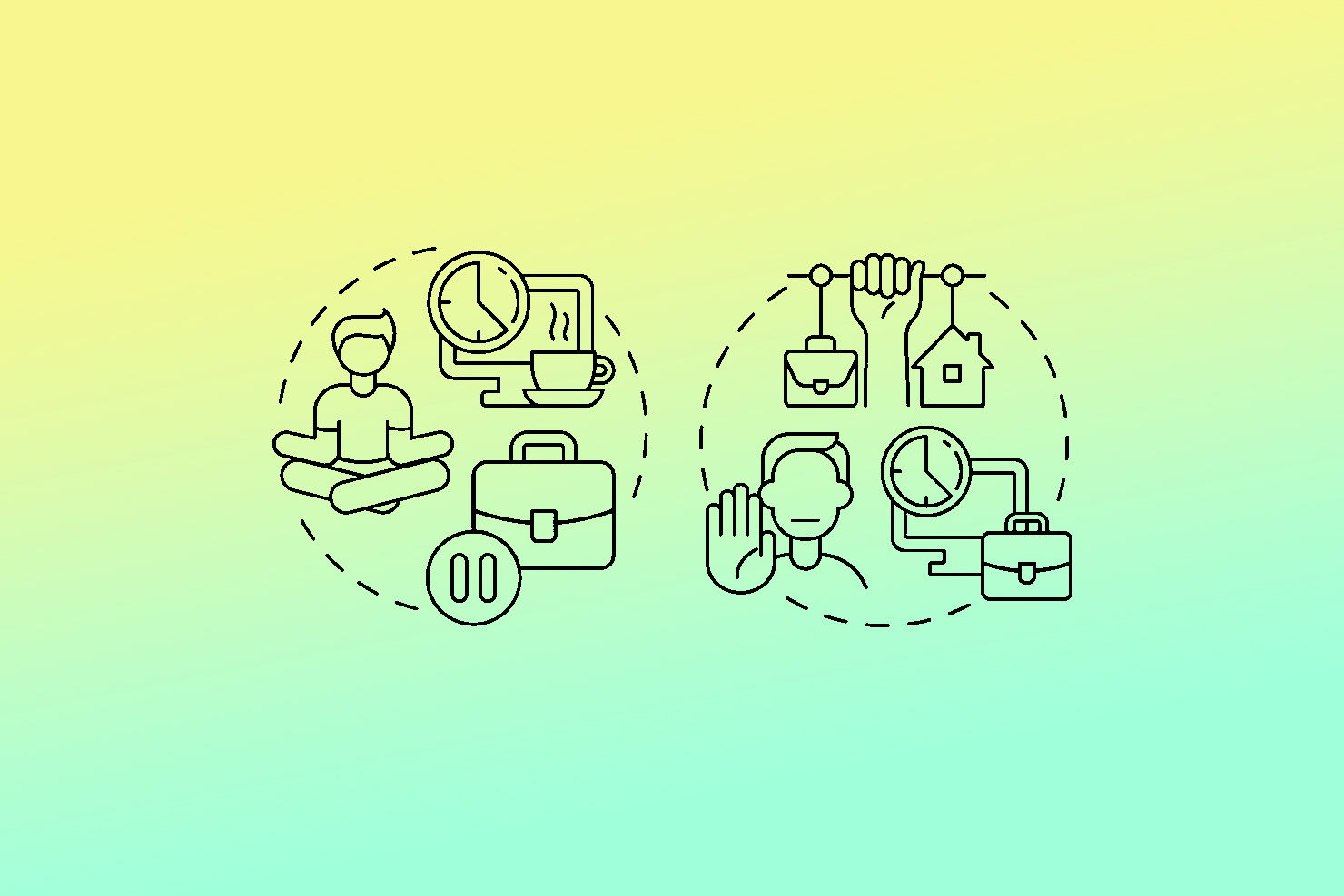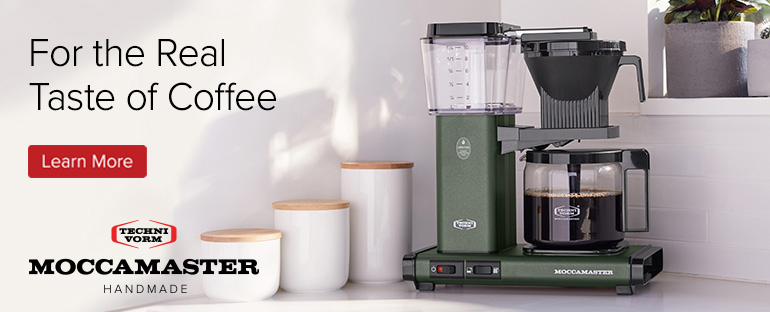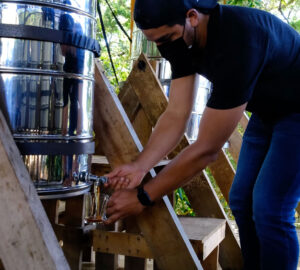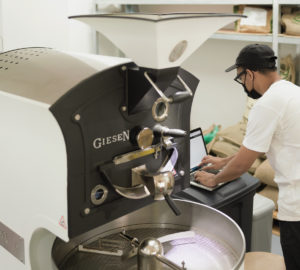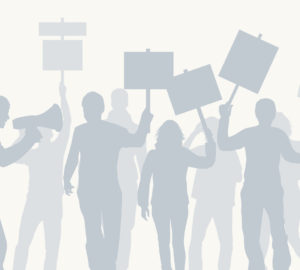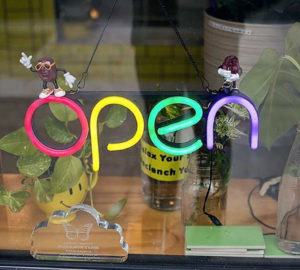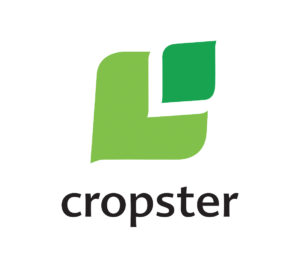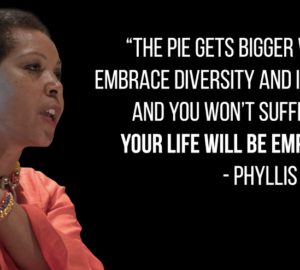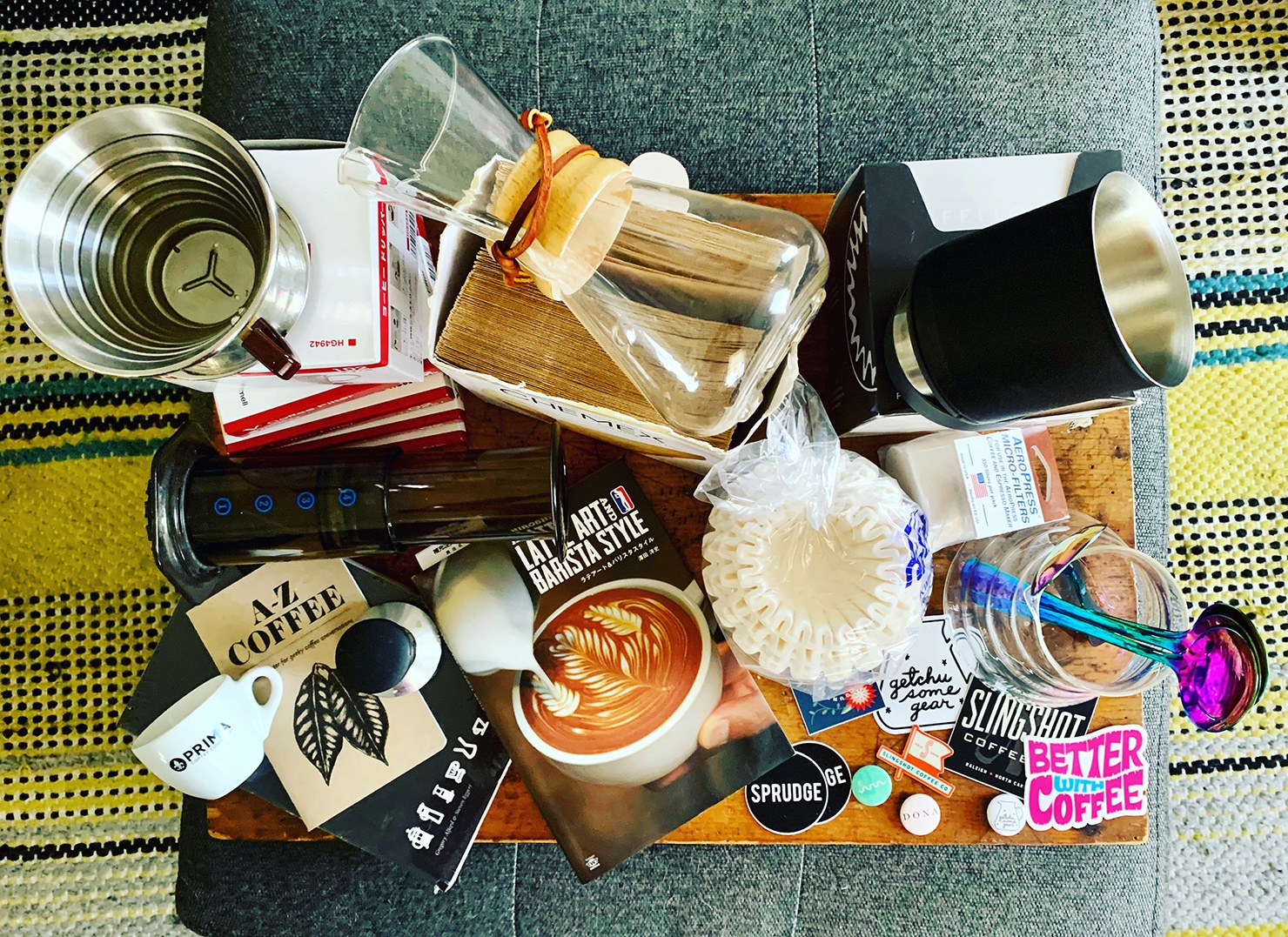Faye* watched the smoke billowing up around the backfiring roaster. The chimney was rated for a wood stove and it required maintenance every six months, especially since the open vent didn’t have effective fans. On this particular day, it had just rained, thus pushing the chaff back down the chimney. As experienced roasters know, chaff floating around is a fire hazard and production should immediately stop.
She showed her boss and company owner what was happening and said, “Listen, I’m not going to roast any more coffee. We’re going to start a fire.” He looked at her and said, “I don’t care. If the place burns down, I’ll get the insurance money.”
Faye was stunned. She said, “You realize I’ll be standing next to the roaster when that happens.”
He laughed.
And that’s when the proverbial straw broke the camel’s back. It wasn’t the first time a boundary had been crossed, but it would be the last.
***
“Boundaries” is a hot-topic word. When claimed, it can be twisted into being selfish or building an impenetrable wall. In reality, they’re the limits that we set with ourselves and others to create a healthy and safe environment for us to operate in. When your boundaries are continually crossed, it can lead to mental health issues and burnout.
While physical boundaries are the first to be thought of (i.e. standing too close to someone without their consent), there are five other workplace boundaries that Dr. Dana Gionta identifies as standout ones. Gionta is a life and business coach, psychologist, motivational speaker, and co-author of the self-help book From Stressed to Centered: A Practical Guide to a Healthier and Happier You, in which she’s dedicated a full chapter to boundaries.
Common in the service industry, Gionta names “role overload” as the first boundary type that’s crossed. It’s where one employee is asked to do the work of two or three employees. It’s also one of the ways that employers cut costs and exploit labor.
In the case of Faye, she described to me how she was working 90-hour weeks, paid at $14 an hour, and not receiving overtime. “I really had five jobs,” she recalls. She was the building janitor of the shared space, barista, coffee trainer, hiring person, roaster, and green buyer. Instead of giving her a raise, Faye says that the owner paraded around men (“He didn’t have a lot of respect for women”) who would become the building general manager and take over some of her responsibilities. Unfortunately, “they couldn’t do any of the things I could do,” and she was back to overworking.
Another common workplace boundary is the “work-life” balance, “where you’re asking employees to work frequent overtime, into the evenings, or on the weekends, or even while they’re on vacation,” says Gionta. “There isn’t a clear line between work and home life or family time.”
In Sidney’s* case, she was a marketing coordinator and solely responsible for the coffee organization’s social media accounts. She says that “there was an expectation to make sure that everyone was replied to within a timely manner.” In this instance, a “timely manner” meant within 24 hours, including the times when she was supposed to be off, such as evenings and weekends. And if a response wasn’t sent? It was brought up to Sidney’s attention on Monday that the message was missed.
Related to work-life boundaries is the “lack of control over schedule,” says Gionta. Unpredictable or changing schedules affect the employee’s “ability to have an organized life” and “make commitments and develop other areas of their life.”
“I had a manager once at a large craft chain that would sometimes change the Google calendar schedule within 24 or even 12 hours to fix mistakes, with no notification to the staff,” recalls Sarah*, who worked in the coffee industry for five years before leaving. “It’s hard to catch a shift changing from afternoon to 6:00am without being told of changes. I missed the start of a shift and wasn’t sure if I had read it wrong.” Eventually, she began taking screenshots to document the issues but when brought up to the managers’ attention, she was told they’d “look into it” but never received a follow-up.
After being hired as a roaster and the only full-time woman employee among a workplace of all men, Arden* dealt with “misogynistic and disgusting language” for five months before she had enough. “I couldn’t believe how unprofessional the chat was and felt intimidated being the only woman,” she says.
She remembers her coworkers using the phrase “balls deep” as a catchphrase to describe everything, including coffee, and hearing stories that were “explicitly bragging about previous sexual partners.” While bringing it up to the owners did reduce the amount of inappropriate discussion, it did not completely resolve the issue, leading her to “feel like the one ‘taking away from their daily fun.’”
For Morgan*, a production worker with 13 years of experience in the coffee industry, their employer did provide a boundary but it was “constantly violated.” Because roasting takes attention and interruptions could be costly, they were given the “right to put up my finger and say ‘one moment’” or something similar. So when a person came up to them, knowing the set boundaries, they rightfully thought that it was an emergency or something very important when it actually wasn’t the case.
Having friends in the industry who also hung out after work meant that coffee drama would bleed into work time. Morgan recalls one instance where a big piece of breaking traumatic coffee news was announced without any context. They described it as the person “came in and without even saying ‘good morning,’ just blurted all that out … and then walked away.” There was no moment to put the hand up and the news ended up disrupting their entire workday. Afterward, they were “super discombobulated” and trying to “rationalize” the actions for trauma dumping this piece of news that was “emotionally damaging.” This incident led to a conversation about oversharing and communicating boundaries.
The last key workplace boundary that’s often crossed is the one of “unclear expectations and responsibilities.” Not having role clarity is stressful and this leaves the employee feeling uncertain and often more “vulnerable to being potentially taken advantage of or asked to do things that really are not part of their job description,” says Gionta.
A coffee professional with 14 years of industry experience under her belt, Bettina* is all too familiar with multiple boundaries being crossed. She recalls getting “in trouble for not fulfilling duties that I didn’t know were mine to do.” Within the first few days of starting a new job with no job description, her manager told her, “You’re on salary so that kind of means you’re working all the time.” He continued on, “I want to know if you go to any coffee events or if you hang out with anybody who’s in the coffee industry outside of work because you’re on salary and it’s kind of a work event.”
At a coworkers’ “very Catholic wedding,” the moment the dance floor opened up, her manager began giving her a non-consensual lap dance. “I don’t even know how many times he said to me, ‘Bettina, I don’t date my staff anymore,’” says Bettina, describing the delivery as accompanied with the toned nuance of “but maybe you could talk me out of it.”
Unsurprisingly, having blurred or nonexistent boundaries in the workplace can lead to mental health issues and/or burnout. Plenty of research supports this prevalence in the service and hospitality industries—the pandemic has only exacerbated the issues. “There’s a cost associated with continually swallowing your pride and apologizing to unreasonable jerks,” writes Emily Guendelsberger in Vox about her experience as a fast-food worker.
The Work and Well-being Survey, commissioned by the American Psychological Association (APA) in 2021, found that adults who work in customer service, sales, or entertainment are more likely than those in admin or desk jobs to experience physical fatigue (53% vs 38%), cognitive weariness (44% vs 29%), and emotional exhaustion (40% vs 20%).
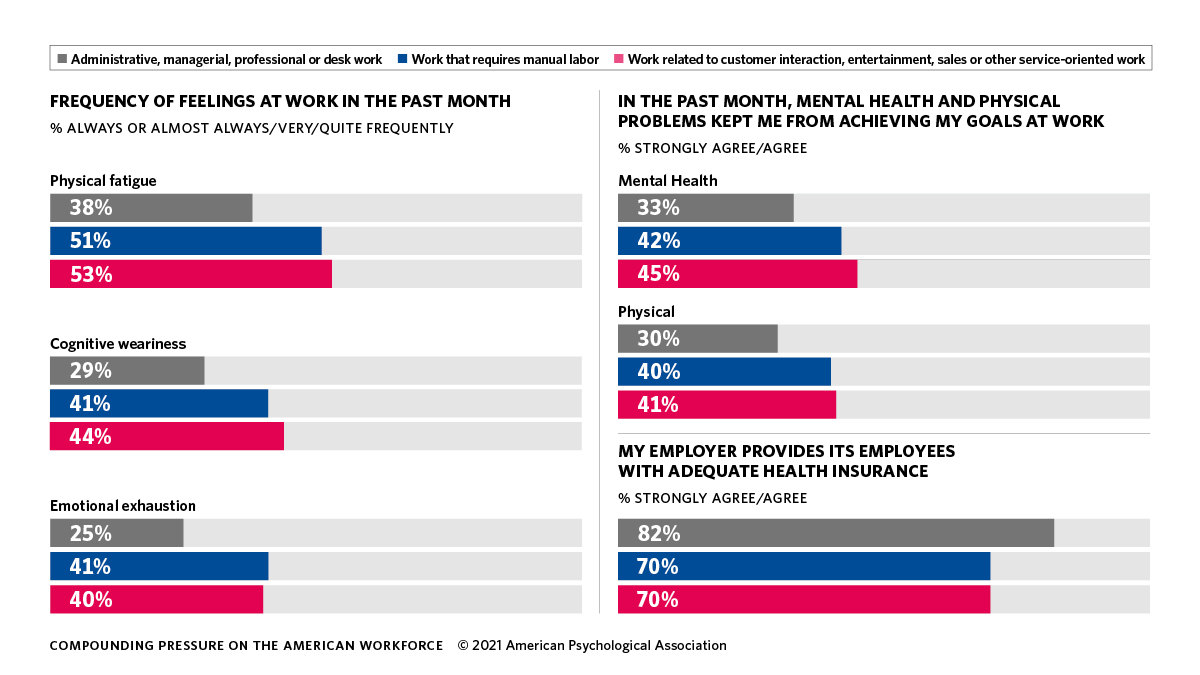
Employee well-being company Limeade conducted its own survey of full-time employees and found that 52% of food and hospitality workers named burnout as the number one reason for leaving their job, a much higher amount than the average survey result of 40%.
All six people whose stories were shared here have left the jobs with crossed workplace boundaries and/or the coffee industry entirely. Mental health issues were created or exacerbated by the conditions. Bettina was having panic attacks when she hadn’t had them in years, Morgan had stress and anxiety in addition to feeling emotionally unsafe at work, and Arden had a breakdown in her mental health due to a manipulative manager.
One behavior I observed while soliciting interviews is the confusion surrounding what boundaries actually are, which is why this piece began with a definition. Even if you haven’t set and defined your own boundaries (people have different comfort levels), there are still several feelings you can use to identify when they’re being crossed: discomfort, resentment, and guilt. For example, if you’re being blamed for errors that you didn’t know you were responsible for, you might hear the phrase “you’re not committed enough” or begin to feel guilty for not doing those things.
Gionta writes in her book and in her article about the “boundaries signal scale.” It’s used to describe the level of a negative feeling that arises in response to an incident. Repeated feelings at a score of 4 or higher may indicate a need to set boundaries.
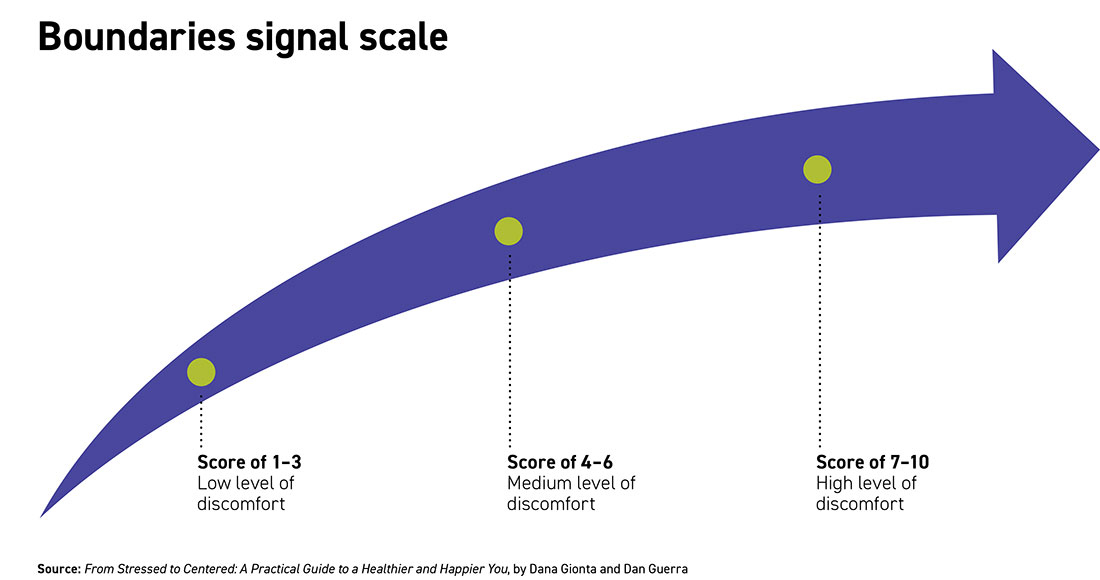
Being able to recognize and set your own boundaries is great but employers can also step up. Mal Preheim, Director of Human Resources at Dune Coffee Roasters, found that establishing her own boundaries helped her create a lasting career in service and hospitality. In the coffee industry, she’s found that there’s a “weird mix of people just entering into the workforce and people that have been around for a really long time,” resulting in an environment of blurred boundaries.
She created and incorporated boundaries training into the onboarding process for new employees and for new managers. The training begins with a boundaries definition and then delves into examples of personal, customer, and coworker boundaries. “We’re all in control of what we allow in the space that we occupy,” says Preheim. She advises being honest and transparent about your boundaries but also making sure to be in control of your own feelings. Elaborating, she says that having healthy communication about boundaries will “help everyone take responsibility for their own actions and emotions.”
Instead of creating a strict set of rules, the training is meant to be used as a baseline for employees to build their own set of guidelines. In the consent section, she describes mental/emotional consent as being mindful of your own attitude on shift. Don’t create an environment where others feel pressured to perform the emotional labor of wondering if you’re okay; this can be prevented by clearly communicating that you’re feeling a little off that day.
When asked about how employees have reacted to the training, she says, “I feel like a lot of burnout has been prevented. Just putting the expectations out there made for a lot less of those gray area, fuzzy situations that inevitably come up when you’re working with people.”
For Aaron Jordan, partner at Roast House Coffee, communication was the first boundary he created. Barring emergency situations, he says, “We instituted a clear understanding among the team that communication was going to happen through designated channels (email and comm logs).” It took a bit for everyone to get used to but it led to two benefits. The first was that “it produced more beneficial communication than the typical small business text threads where the owner sends out a wild thought at 9:00pm on a Friday.” And the second is that the team is more respectful of their coworkers’ weekend and time-off requests.
For employers, Gionta recommends first educating yourself on what healthy workplace boundaries are, which can be aided by a business consultant. Regular performance reviews, asking for input from staff, modeling the behavior, and creating a psychologically safe environment are all ways an employer can use to establish and check in on boundaries.
It can be scary to set a boundary, especially if there’s a power imbalance or if you hold marginalized identities. In cases like these, she advises seeking the help of a therapist for developing assertive communication skills or using self-help books or workbooks to guide yourself.
“When you set a boundary, expect some pushback and maybe some anger,” writes therapist Jennie Steinberg in a blog post. “While a person is less likely to react to a boundary with anger when you approach them in an assertive and compassionate way, it doesn’t eliminate the possibility. This is a normal part of the boundary setting process, and it’s something that’s good to be prepared for.”
It’s past time that we begin these conversations about workplace boundaries if we want to lessen burnout, industry exits, and mental health issues in the coffee industry.
*names have been changed to protect anonymity
Jenn Chen (@thejennchen) is an Editor At Large at Sprudge Media Network. Read more Jenn Chen on Sprudge.






